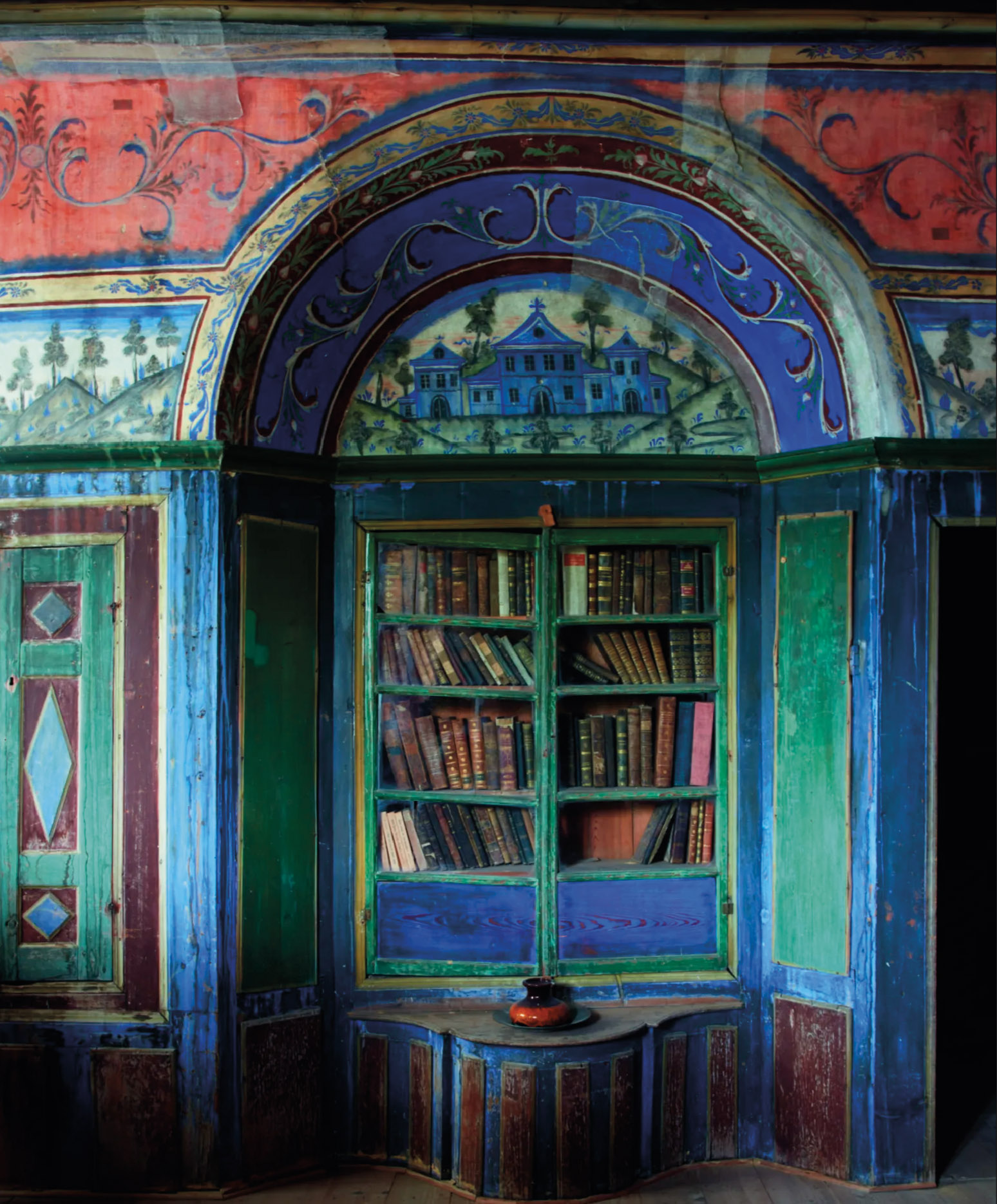Settlements
Based on the geological characteristics of the area, the settlements of Zagori are divided into two sections. One group is located in central and western Zagori, where limestone dominates, and the other in the east, where sandstone, marl and marly limestone rocks are mostly found. These variations also determine the aesthetics of the residential landscape. The first settlements in the area are mentioned as early as the 14th century, while it seems that during the 15th-16th centuries they acquired the dimensions they have today. Their particular architecture, however, was formed in the 17th century and completed in the mid-19th century. The choice of the location of the settlements, which today number 45, seems to have been made on the basis of geomorphology (sloping land for drainage), distance from workplaces, the need to link the settlements together and for visual contact, safety by keeping them away from major roads, the existence of grazing areas for small domestic animals and the availability of water.


